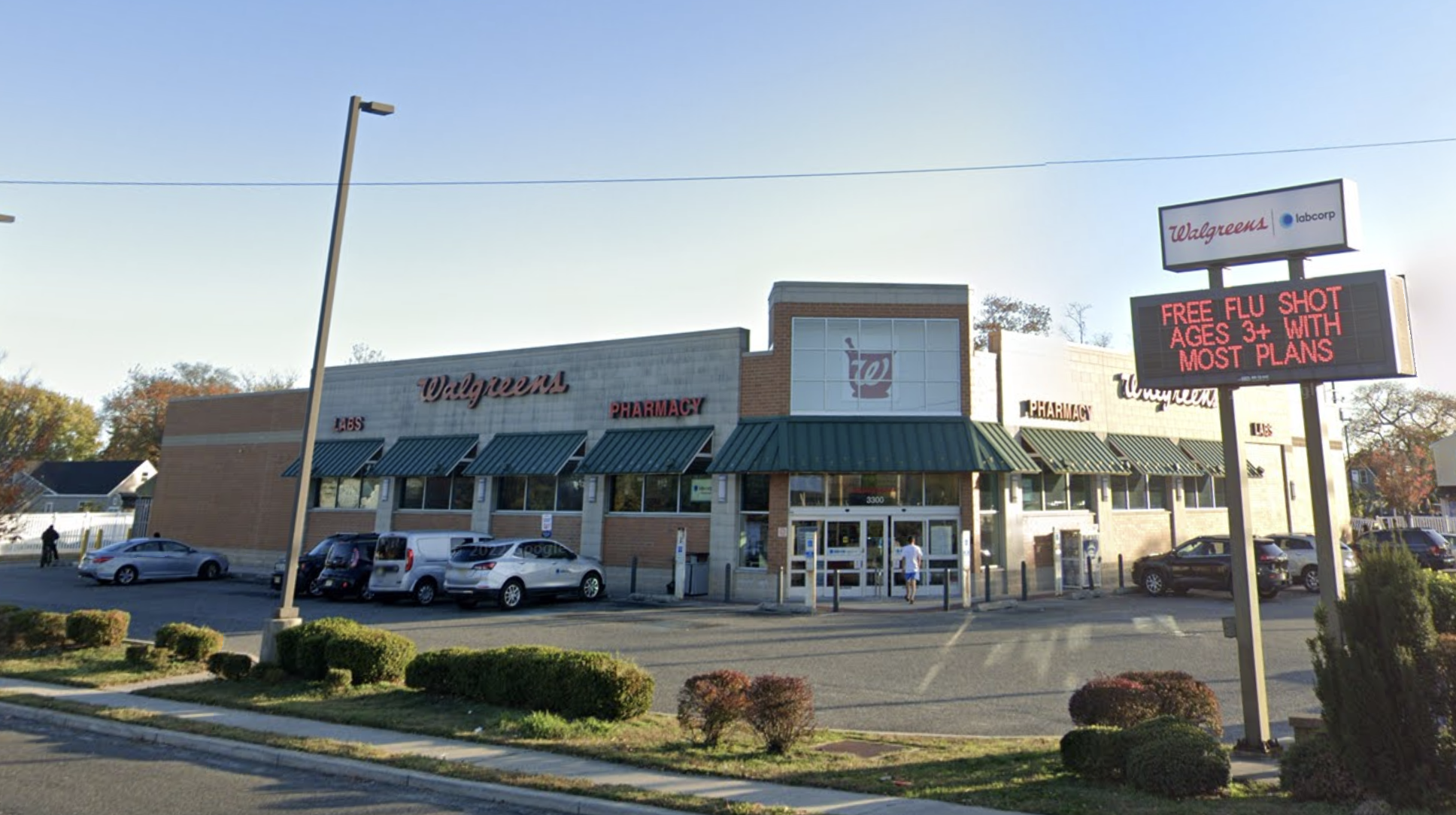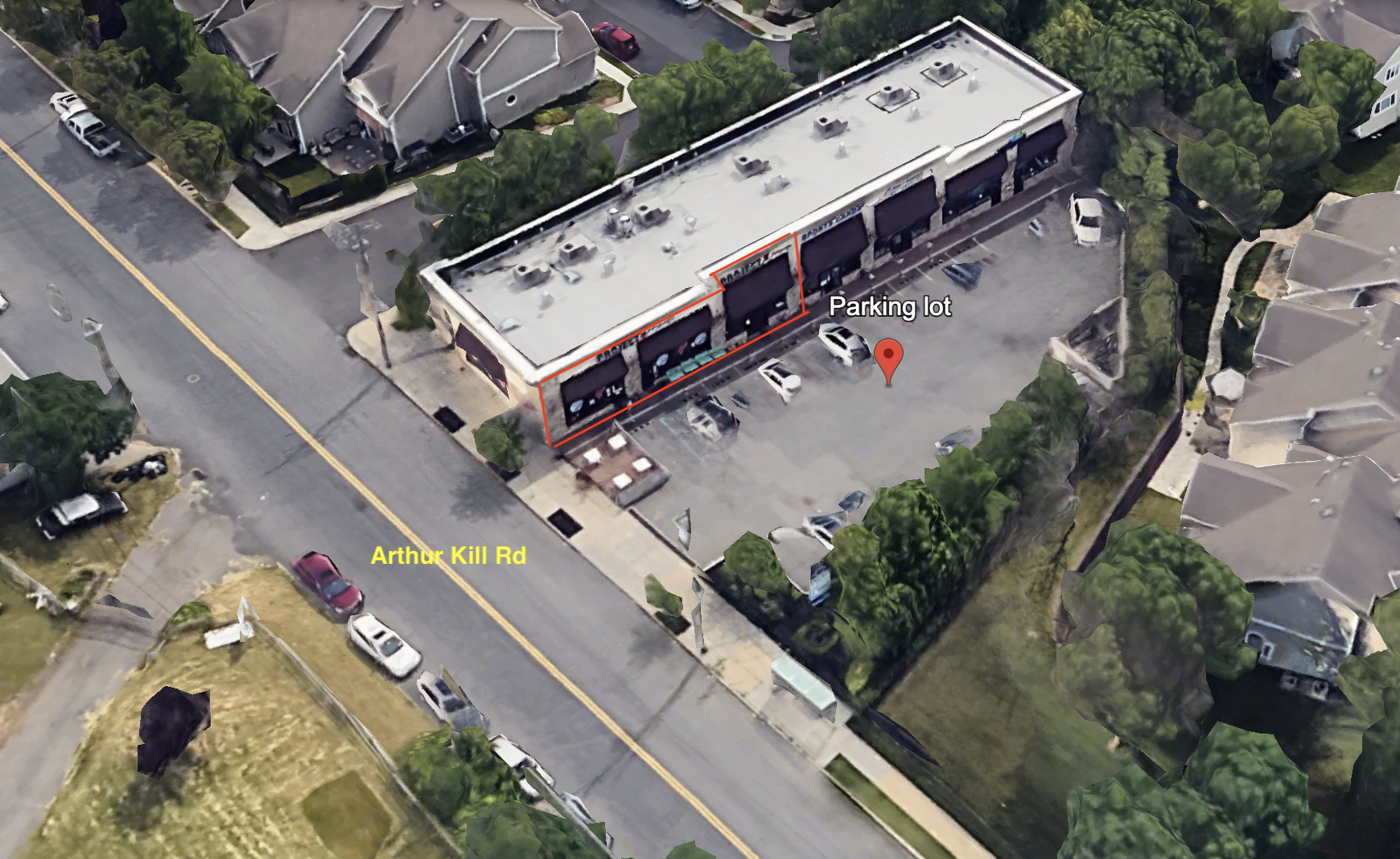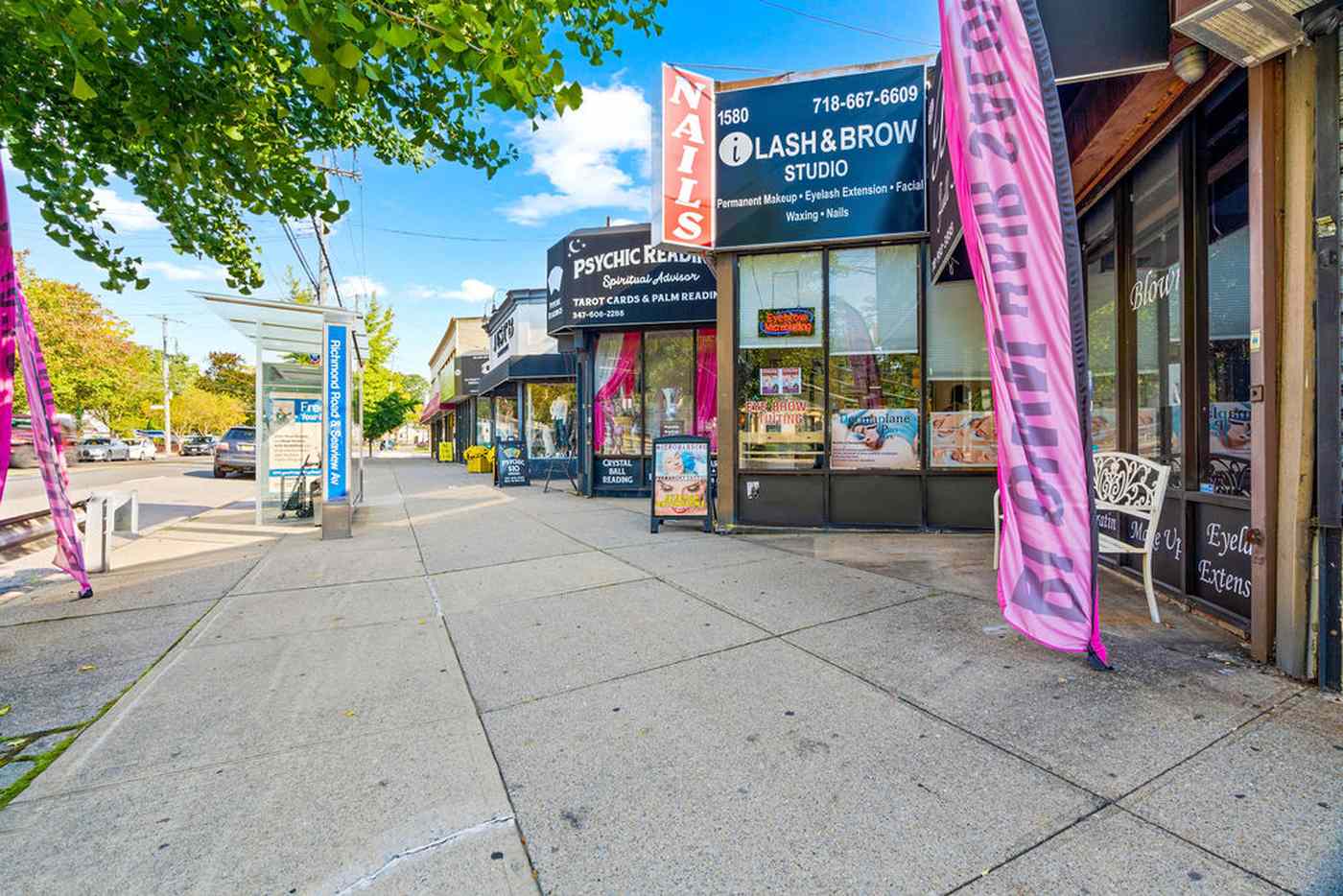As big box chains continue to close, a pressing question arises: what will become of vacant Staten Island storefronts? While the retail landscape has undoubtedly shifted in recent years, there is still potential for new and innovative commercial tenants to transform these empty spaces.
A New Retail Reality
It’s been half a decade since Toys R Us left a colossal 39,000-square-foot gap in Richmond Avenue’s retail scene. Shop Rite and SuperFresh have also vacated their premises, leaving Staten Island residents wondering what the future holds for these unoccupied spaces.
The retail market has certainly contracted, as brick-and-mortar businesses face challenges from changing consumer habits and the rise of online shopping.
Adapting to Shifting Shopper Habits
Staten Island has not been immune to the broader retail market challenges. Smaller shops and brands have closed their doors, with many struggling due to COVID-19, decreased foot traffic, and inflation. Bankruptcies of big names like Bed Bath & Beyond and Party City, coupled with restructuring at Staples, have only exacerbated the situation.
James Prendamano, the owner of PreReal™, Prendamano Real Estate, points to the digital world’s disruption of traditional retail models as a key factor in these changes. Many businesses have been “skinny up,” with companies trading their loss-leader stores for a more cost-effective online presence. The COVID-19 pandemic has only accelerated this shift.
Multi-Pronged Solutions for a Changing Landscape
Prendamano shares that to address these issues, a comprehensive strategy is required. This might include emergency zoning measures, repositioning buildings, and offering tax abatements. Additionally, he suggests exploring mixed-use zoning that combines residential and retail spaces, more accurately reflecting modern lifestyles.
Creating a task force comprised of architects, engineers, and elected officials could help identify actionable recommendations to rejuvenate Staten Island’s commercial real estate market. The primary concern, Prendamano notes, is for the small, local businesses that may not have the resources to pivot as easily as larger corporations.
Finding Creative Opportunities in Vacant Spaces
Daniel Gielchinsky, a bankruptcy lawyer and founding partner of DGIM Law, concurs. He believes that the future of commercial real estate lies in innovative uses for these vacant spaces, such as entertainment centers, trampoline parks, laser tag arenas, and indoor gyms.
Though the transition may take time, Gielchinsky is confident that other businesses will fill the void left by the departure of big box stores.
Embracing an Optimistic Future for Staten Island Retail
Despite the challenges facing traditional brick-and-mortar retail, there is a sense of optimism about the future of Staten Island’s commercial landscape.
By identifying creative solutions and embracing new business models, these vacant storefronts can be transformed into thriving retail experiences that cater to modern consumer demands. The key lies in collaboration, innovation, and a willingness to adapt to a rapidly changing market.
Click Here to view the full article by Jessica Jones-Gorman | jgorman@siadvance.com







Leave a Comment